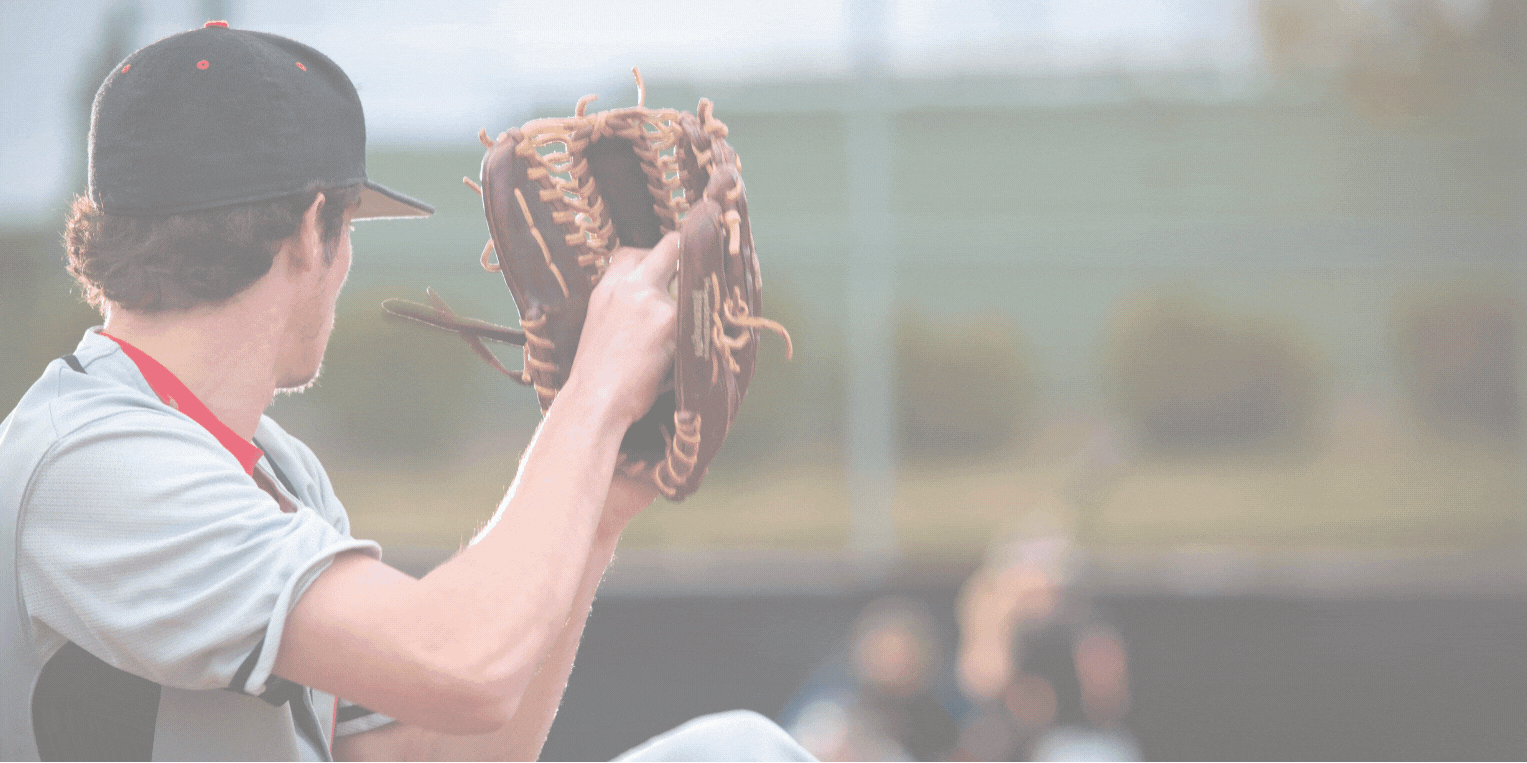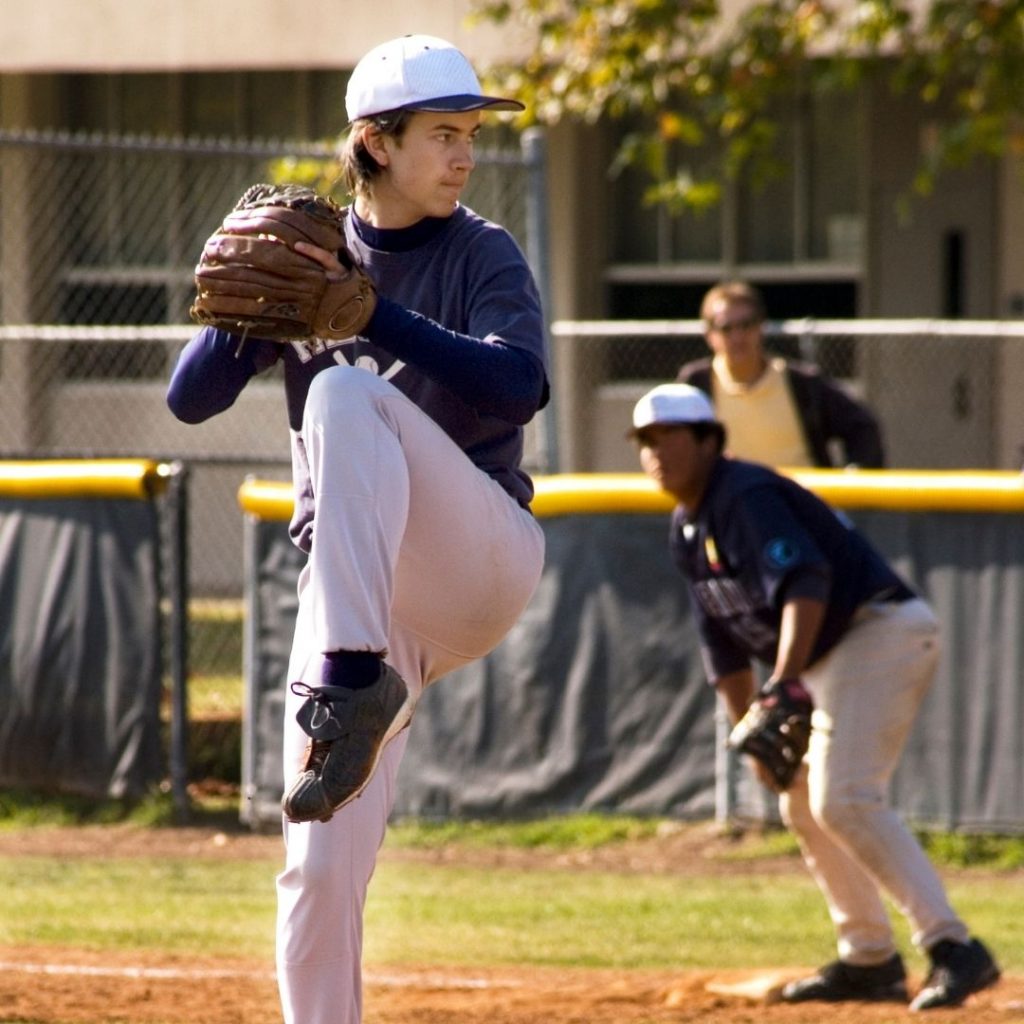David Dines, MD & Joshua Dines, MD provide a broad range of Orthopedic Sports Medicine services. Both are attending surgeons at Hospital for Special Surgery (HSS) in New York City.
David Dines, MD, has built his practice based on decades of clinical experience and research focusing on the shoulder and related injuries. He is the Medical Director for the ATP World Tennis Tour and has operated on thousands of shoulders throughout his career while publishing many of the most important research articles and textbooks on shoulder surgery.
Joshua Dines, MD provides a full range of Sports Medicine services, including surgical and non-surgical treatments for injuries to the shoulder, knee, and elbow. He works with the NY Mets and NY Rangers as well as college athletes, high-school athletes, weekend warriors, and those patients just looking to get back to performing their everyday activities without pain. Together, Dines Orthopedics offers offices in two convenient locations in New York City at Hospital for Special Surgery and in Uniondale Long Island, offering their patients surgical and non-surgical options in both locations.
Tommy John Surgery on the Upper East Side, NYC is the procedure used to reconstruct or repair an injured elbow ulnar collateral ligament (UCL). This surgery was named after former Los Angeles Dodgers pitcher, Tommy John, since he was the first person to undergo this procedure in 1974. Since that time, this procedure has become very common, with about 10% of major league baseball pitchers have undergone this procedure. This surgery aims to reduce pain, stabilize the elbow, and restore range of motion. The UCL connects the humerus to the ulna, which is a bone in the forearm. While anyone can experience this injury from repeated stress or trauma, this injury most commonly occurs in throwing athletes since throwing motions place pressure on the ligament.

The first-line treatments include rest, anti-inflammatory medications, and structured physical therapy. Physical therapy treatments will strengthen the muscles around the elbow and shoulder to compensate for the injured ligament. When conservative remedies fail, surgery is indicated. This surgery involves taking a tendon from elsewhere in the body and replacing the damaged ligament with it. The tendon graft is weaved through the bone in the forearm and the humerus. Although the surgery only takes around one hour, the recovery time can be a lengthy process. It can take approximately four months for athletes to return to throwing. They do not start pitching until seven months after the procedure, and high-level athletes usually don’t get back to playing competitively until nine to twelve months after the procedure. The good news about this procedure is that 90% of cases have successful outcomes and athletes get back to their previous performance level.
Contact us For Tommy John Surgery Upper East Side, NYC
What Does an Orthopedic Surgeon Do?
An Orthopedic surgeon specializes in conditions that occur in the musculoskeletal system. The musculoskeletal system consists of muscles, joints, bones, nerves, ligaments, and tendons. It’s essential to visit an orthopedist when you have a chronic condition such as arthritis or injury. But what exactly does an orthopedic surgeon do? Let’s take a more in-depth look into what precisely an orthopedic surgeon does and how they can help in need of their services. If you Have questions, contact Dines Tommy John Surgery on the Upper East Side, NYC. We can answer any questions you may have.
Dines Upper East Side, NYC
Orthopedic surgeons have several primary duties they perform. One of these is treating and diagnosing any conditions someone may be experiencing within their musculoskeletal system. Another task performed by orthopedic surgeons is assisting patients with their rehabilitation. This is done to help patients with their range of motion, movement, strength, and flexibility after their injury. Finally, an orthopedic surgeon will create specific strategies to prevent any injury or chronic disorder within the musculoskeletal system from worsening.
Some orthopedic surgeons specialize in certain areas of the musculoskeletal system. Some examples of these include:
- Hips

- Knees
- Hands
- Spine
- Foot
- Ankle
- Shoulder
- Trauma injuries
- Sports medicine
These are taken into special care by several orthopedic surgeons.
Conditions Treated
There are several conditions that an orthopedic surgeon can help take care of. There’s a wide variety of these conditions, but some examples of them include:
- Chronic disorders like arthritis
- Strains in the muscle
- Bone fractures
- Tendons and ligament injuries, including ACL tears, tendonitis, and sprains.
- Bone cancer
- Certain conditions like carpal tunnel syndrome
- Abnormalities that occur in the limbs such as bowlegs and clubfoot.
- Back and joint pain.
These conditions and musculoskeletal system issues can all be treated by an orthopedic surgeon. There are many treatment methods provided to help treat these conditions. Let’s take a look at some of these treatment methods.
Orthopedic Surgeon Treatment Methods
There are many different varieties of treatment methods and procedures that are provided by orthopedic surgeons. Each of these methods depends on the condition the patient is experiencing. Some states only need conservative treatment. This would require nonsurgical treatment. There are several treatment routines that are provided in non-surgical. One of these routines includes performing specific exercises your orthopedic surgeon created to improve your flexibility, mobility, and strength.
Immobilization
Immobilization is another method used for nonsurgical treatment. This treatment method would include braces, splints, and casts to help prevent strain to the injured area. Over-the-counter medication is another nonsurgical treatment method that could be provided to patients to relieve swelling and pain. Some examples of these medications are aspirin and ibuprofen. Finally, making lifestyle changes can help with a condition non-surgically. Some examples would be changing your diet and modifying how you exercise to prevent any strain on the condition.
Surgery
If nonsurgical treatment methods don’t help with your condition, you may have to use surgical techniques for treatment. Several surgical procedures are used by orthopedic surgeons to help treat certain conditions. One of these methods is internal fixation. This method places hardware such as nails, pins, or plates that help keep broken bones in place while healing. Fusion is another surgical method used for treatment. Fusion is when some form of internal fixation and bone graft materials are used to connect two bones. Joint replacement is another helpful method that involves replacing damaged parts of the joints.
Soft tissue Repair
Finally, soft tissue repair is another excellent method that helps repair damaged muscles, tendons, and ligaments. These treatment methods are essential if you are suffering from any musculoskeletal system condition or injury. An orthopedic surgeon can help provide these treatments and find out which treatment method best suits your situation.
Tommy John Surgery on the Upper East Side, NYC
Orthopedic surgeons help take care of many musculoskeletal conditions with multiple treatment methods for each patient. Dines Orthopedics can help with any injury or condition you may be experiencing. Our Tommy John Surgery on the Upper East Side, NYC can help properly diagnose your condition and find the proper treatment method to treat it. For more information, check out our website here.
Common Injuries for Overhand Athletes
An overhand athlete typically throws their arm or hand above their shoulder level. This repetitive action can lead to injury over time. According to Dines Tommy John Surgery on the Upper East Side, NYC, shoulder and elbow injuries can occur from overhand athletes. Some overhand shoulder injuries they can experience are:
- Bursitis. This is inflammation and irritation of the bursa. The bursa is a small fluid-filled sac that assists in reducing friction around the tendons and bones. To heal Bursitis, you should rest and ice the shoulder, take anti-inflammatory medications, and attend physical therapy. If those do not work, a cortisone injection can be the next step to lower inflammation, or arthroscopic shoulder surgery can be an option.
- Impingement Syndrome. This is when the rotator cuff tendons and the bursa rub against the acromion of the shoulder blade. Arthroscopic surgery can be performed to shave the underside of the acromion to give it more space. That solution should reduce pain and inflammation and give a better range of motion.
- Internal Impingement. This is the shoulder joint where the rotator cuff tendons are pinched between the humerus and the glenoid. The rotator cuff and labrum can encounter an injury or tear. You will feel discomfort when you make the throwing motion.
- Labral Tears. The labrum adds depth to the shoulder socket. It helps the socket hold the humeral head in place. This can occur from overuse or falling with your arm out. Consistently moving the shoulder with an injured labrum can worsen the injury. Labral tears often lead to shoulder instability, in which the humeral head does not stay tightly in the socket. Before using surgery as an option, try stretching, physical therapy, rest, anti-inflammatory medications, and cortisone injections.
- Rotator Cuff Tears. This is when one or more of the rotator cuff tendons tears from its attachment on the proximal humerus. Many rotator cuff tears often increase in size. When the rotator cuff tears completely, the rotator cuff is longer attached to the humerus. Patients with rotator cuffs will likely feel pain and weakness in the shoulder.
- Rotator Cuff Tendonitis. This condition causes one or more of these tendons to become inflamed. This can develop from overuse of the shoulder and also comes with shoulder pain in the upper arm. Usually, rest and strengthening exercises are recommended as a treatment for rotator cuff tendonitis.
- Shoulder Instability. This is where the ball of the upper arm bone pops out of the socket of the shoulder. It can partially pop out of the socket or become completely dislocated. The determining factors for treatment are the level of instability combined with the patient’s age and activity level.
Possible Elbow Injuries for Overhand Athletes
- Golfer’s Elbow. This causes pain over the inner part of the elbow, which can also radiate down the wrist’s side. Golfer’s elbow is caused by damage to the tendons that bend the wrist toward your palm. Platelet-rich plasma injections are an alternative healing option besides cortisone injections.
- Lateral Epicondylitis. It is also known as “Tennis Elbow.” The pain is usually located over the elbow’s outer part and the muscles that control wrist extension. Tennis elbow is typically caused by repetitive overuse. Lateral epicondylitis is the overuse of the thumb and index and middle fingers. An overhand athlete typically throws their arm or hand above their shoulder level. This repetitive action can lead to injury over time. According to Dines Tommy John Surgery on the Upper East Side, NYC, shoulder and elbow injuries can occur from overhand athletes. Some overhand shoulder injuries they can experience are:
- Bursitis. This is inflammation and irritation of the bursa. The bursa is a small fluid-filled sac that assists in reducing friction around the tendons and bones. To heal Bursitis, you should rest and ice the shoulder, take anti-inflammatory medications, and attend physical therapy. If those do not work, a cortisone injection can be the next step to lower inflammation, or arthroscopic shoulder surgery can be an option.
- Impingement Syndrome. This is when the rotator cuff tendons and the bursa rub against the acromion of the shoulder blade. Arthroscopic surgery can be performed to shave the underside of the acromion to give it more space. That solution should reduce pain and inflammation and give a better range of motion.
Possible Elbow Injuries for Overhand Athletes
- Golfer’s Elbow. This causes pain over the inner part of the elbow, which can also radiate down the wrist’s side. Golfer’s elbow is caused by damage to the tendons that bend the wrist toward your palm. Platelet-rich plasma injections are an alternative healing option besides cortisone injections.
- Lateral Epicondylitis. It is also known as “Tennis Elbow.” The pain is located over the elbow’s outer part and the muscles that control wrist extension. The cause of Tennis elbow is repetitive overuse. Lateral epicondylitis is common among athletes who often need to grip, especially using the thumb and index and middle fingers.
- Torn Ulnar Collateral Ligament (UCL). The UCL connects the humerus to the ulna. Constant overuse or failing to rest sufficiently between competitions or practice can lead to microscopic tears that can progress to larger tears.
How to Prevent Overhand Injury
Dines Tommy John Surgery on the Upper East Side, NYC recommends a few ways to prevent some of the previously stated overhand injuries by:
- light stretching and warm-ups
- Throwing warm-up sessions (for particular sports)
- overhead motion warm-ups
- Proper overhead positioning and movement
- Rest in between competitions
- Muscle strengthening
Tommy John Surgery on the Upper East Side, NYC
If you are suffering from any of those injuries or feel like you need a professional opinion, contact Dines Orthopedic. We provide orthopedic services for knees, elbows, shoulders, sports medicine, and in-office arthroscopy. When looking for an Tommy John Surgery on the Upper East Side, NYC, make sure you visit Dines Orthopedics for the best treatment options.

